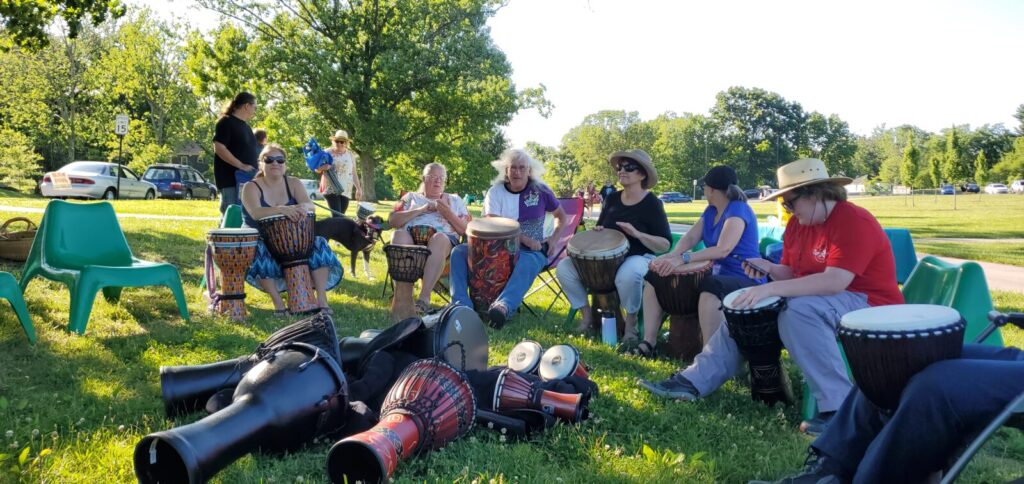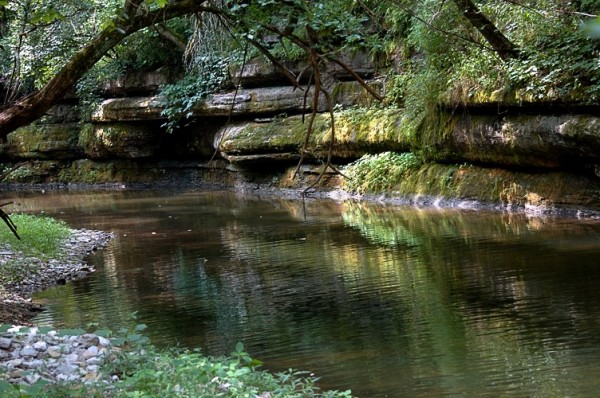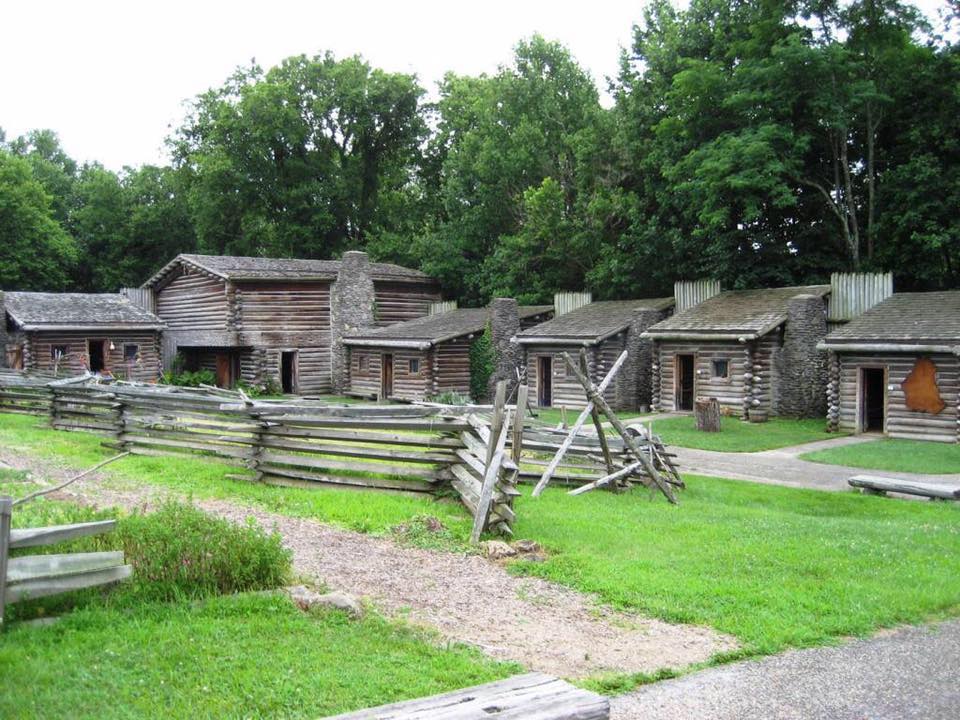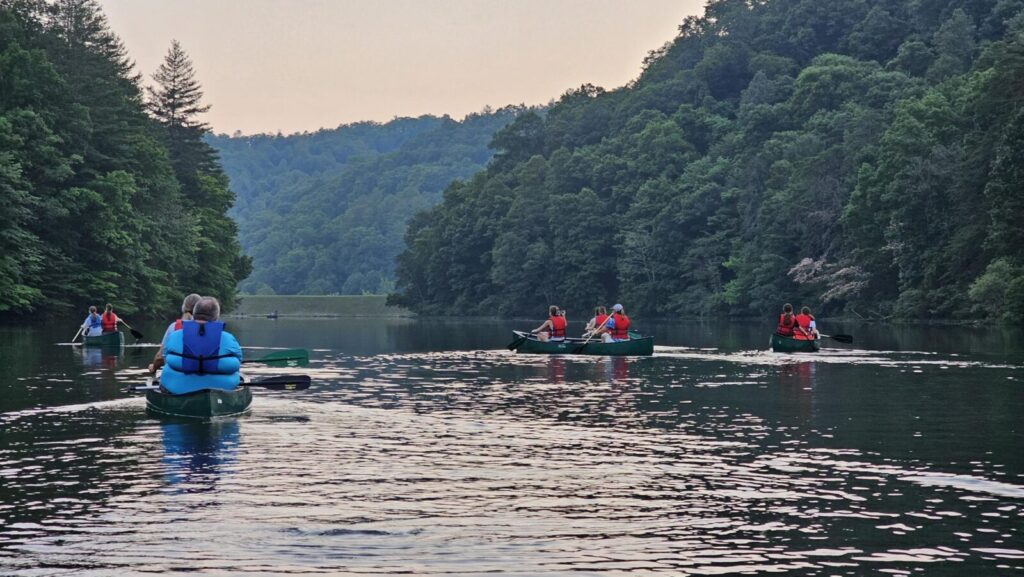Kids won’t mind going back to school when the class is “Adventure 101.” Head to these outdoor classrooms in and around Winchester for fun, recreation and lots of learning opportunities:

Legacy Grove Park: Unlimited opportunities for learning are found within this park’s two-acre Adventure Play area. Wildland habitats: Get close to nature by watching the insect hotel, wren and chickadee house, butterfly shelter, mason bee house and bat box along the nature path. Building Maze and Loose Parts Play: Explore the field maze to find music, art, stepping stones and fort building areas around each twist and turn. Work with friends new and old to use loose parts to build fanciful creations and fabric squares to make a new maze.
Join a guided nature walk along ADA-accessible paths to explore the park’s nature features. Held the last Tuesday of the month, the walks are led by Legacy Grove staff and provide an educational and immersive experience, allowing visitors to learn about local flora and fauna while enjoying the benefits of the outdoors. Find your beat at drum circle, held at 6 p.m. on the last Wednesday of the month and ideal for both seasoned musicians and complete novices—anyone seeking a more musical form of connection. “This inclusive, intergenerational gathering encourages participants to express themselves through the universal language of rhythm,” said Anna Campomanes, events coordinator.

Lower Howard’s Creek Nature & Heritage Preserve: Its location in a limestone gorge formed by Lower Howard’s Creek—a designated Kentucky Exceptional Waterway—makes this 441-acre preserve one of the most scenic spots in Kentucky, but it also provides plenty of nature education. Largely covered by second growth forest, the preserve is home to populations of federally endangered plants, state rare plants and irreplaceable historical and archaeological features. Rare plants found here include water stitchwort, running buffalo clover, Kentucky viburnum, white walnut and nodding rattlesnake-root.
Organized hikes, led by a seasoned guide, provide the opportunity to learn about the plants and wildlife—river otter, beaver, deer, gray bat and more. Call the Preserve Manager at 859-806-2466 and leave a message to make reservations. There is no admission charged for a hike; however, donations are requested. Hikes can range from two hours to longer, depending on the group’s hiking experience and interests. NOTE: Group size for scheduled hikes is limited, with 12 hikers or less is recommended. (Learning opportunities are not.)

Fort Boonesborough State Park: Located near the original fort site where Daniel Boone and settlers made their home is a reconstructed working fort, complete with cabins, blockhouses and furnishings, and it is a study in pioneer history. Stroll among the cabins and watch resident artisans perform a variety of pioneer craft demonstrations, including blacksmithing, candle making, weaving, spinning, woodworking and gunsmithing. Pop into the gift shop for handmade pioneer items.
Time for recess? Picnic at a shelter near a playground. Drop by the Kentucky River Museum to learn about the river’s lock and dam system, the lockmasters who lived in the home in which the museum is housed and see copies of the log book kept by the lockmasters. NOTE: The museum has limited hours. Check the website for more information. Museum admission is free.
Red River Gorge Geological Area: Groups planning a trip to the Gorge are always welcome to reach out to the Forest Service to request specific programming. Complete the Daniel Boone National Forest Presentation Request form here. “We may not be able to fill every request,” said Mary O’Malley, public affairs specialist at Daniel Boone National Forest, “But we will certainly do our best!”

Visitors to Natural Bridge State Park near the Gorge can learn basic canoe techniques on a twilight canoe paddle at 7:30 p.m. on Friday, Aug. 30. “We teach how to properly wear a personal flotation device, identify birds and their calls and identify wildlife,” said Park Naturalist Samantha Evans, noting the park has a resident beaver who tends to make an appearance. Other topics covered are why beavers create dams and why beaver teeth are orange and the history of the park and the lake area. Participating paddlers also have a chance to ask their questions.
